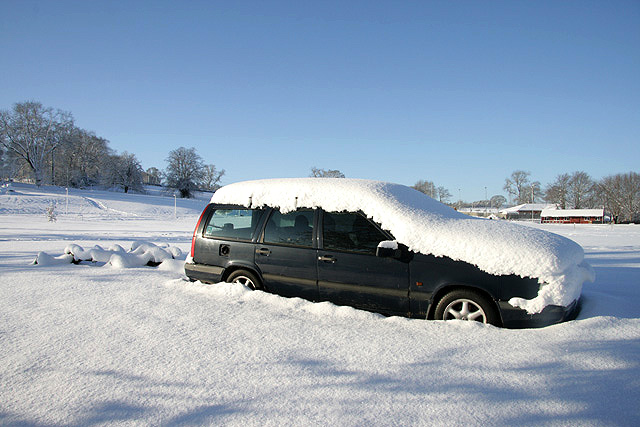You check your tire pressure. You top off the washer fluid. You might even throw an ice scraper in the back seat. You tell yourself, “I’m prepared. I’m responsible.” This is the story you believe. It’s comfortable. It’s logical.
But what if that story is a lie?
What if the very routine you trust is systematically betraying you, turning you from a conscientious owner into an accomplice in the slow destruction of your own vehicle?
This isn’t about forgetting to do something. This is about the things you are doing with confidence, unaware they are causing hidden, cumulative damage. This is premeditated because you plan to do it every year. It’s neglect because the consequences are severe, yet easily avoided.
Let’s dismantle the three pillars of your “safe” routine and expose the truth.
The Betrayal of the “Quick Warm-Up”
Your Belief: Letting your car idle for 10 minutes on a cold morning is good for the engine. It gets the oil flowing and the cabin warm.
The Brutal Truth: You are bathing your engine in a cocktail of fuel and water.
Modern engines with electronic fuel injection are designed to be driven gently almost immediately. Prolonged idling in the cold causes incomplete combustion, washing down cylinder walls with raw fuel (diluting your oil) and creating water condensation that never burns off. This leads to:
- Sludge Formation: Diluted, contaminated oil turns into a gritty paste that clogs critical passages.
- Corrosion: Excess water in the exhaust system rapidly rusts your muffler and catalytic converter from the inside out—a costly repair you’ll never see coming.
- Reduced Engine Life: The increased wear on cylinder walls and bearings is silent, progressive, and irreversible.
The Correct Path: Start the car, wait just 30-60 seconds for the oil to circulate (you’ll see the RPMs drop), then drive gently. Your engine will warm up faster and healthier under light load.
The Deception of “All-Season” Tires
Your Belief: “All-Season” tires are sufficient for winter. They have “M+S” (Mud and Snow) right on the sidewall.
The Brutal Truth: “All-Season” is a misnomer. A more accurate term is “Three-Season.”
The rubber compound in all-season tires begins to harden and lose grip at around 45°F (7°C). Below this temperature, they transform from safety equipment into liability. They cannot maintain the pliability needed to grip cold, wet, or icy pavement.
- Stopping Distance: On ice or packed snow, a car with winter tires can stop in nearly half the distance of a car with all-season tires. That’s the difference between a scare and a collision.
- Traction & Control: Winter tires are made with specialized silica-based compounds that stay soft in the cold, and feature thousands of biting edges (sipes) that all-season tires lack.
The Correct Path: If you face consistent temperatures below 45°F, a dedicated set of winter tires on steel rims is not an expense—it’s the single most effective investment in your winter safety.
The Illusion of “Topping Off” the Washer Fluid
Your Belief: As long as there’s blue liquid in the reservoir, you’re fine. You’ll just add more when it runs out.
The Brutal Truth: You are one slushy truck spray away from a zero-visibility emergency with a frozen reservoir.
Using a non-freeze formula is only half the battle. The real danger is dilution. Topping off a half-full reservoir with a -20°F fluid effectively cuts its freezing protection in half. In a deep freeze, this diluted mixture can turn to ice, clogging the lines and pumps, rendering your entire system useless when you need it most.
- The Cost: A frozen washer system can burn out the pump motor or crack the reservoir—a repair that costs hundreds of dollars, all to save a few dollars on fluid.
The Correct Path: In the fall, completely empty the system by running it dry, then refill it entirely with a high-quality, concentrated winter-grade fluid rated for at least -25°F. Do not dilute it.
Stop Being an Accomplice. Become a Protector.
The line between neglect and preparedness is thinner than you think. It’s not defined by good intentions, but by correct knowledge and deliberate action.
These aren’t just “tips.” They are a fundamental recalibration of what it means to be a truly responsible vehicle owner. The damage you’re preventing is silent, expensive, and often only discovered when it’s too late.
Don’t let your comfort with a routine blind you to the truth. Your car’s longevity, and your safety, depend on it.

